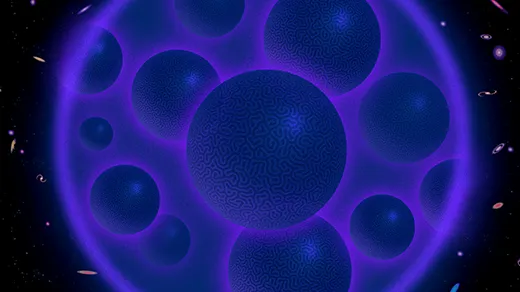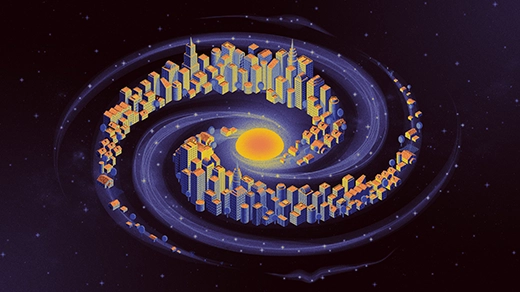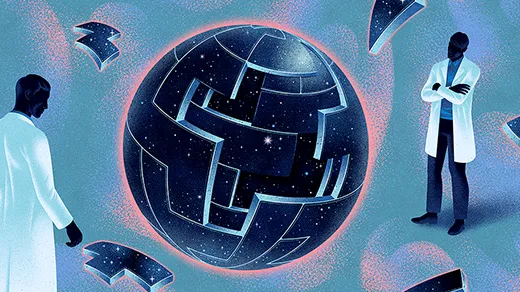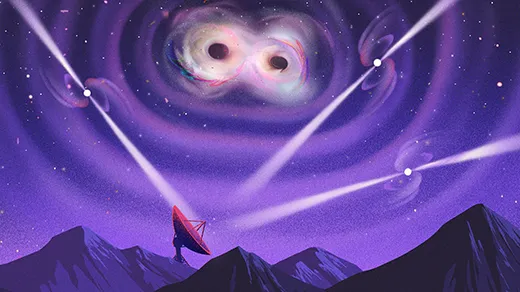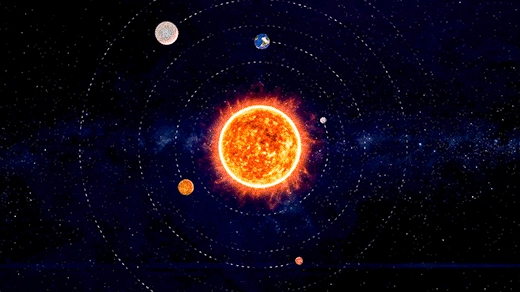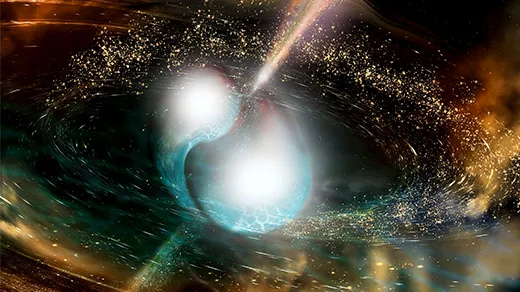What's up in
Astrophysics
Latest Articles
Fresh X-Rays Reveal a Universe as Clumpy as Cosmology Predicts
By mapping the largest structures in the universe in X-rays, cosmologists have found striking agreement with their standard theoretical model of how the universe evolves.
To See Black Holes in Stunning Detail, She Uses ‘Echoes’ Like a Bat
The astrophysicist Erin Kara measures time lags in black holes’ X-ray glows, which reveal the complexity of the objects’ closest surroundings.
Radio Maps May Reveal the Universe’s Biggest Magnetic Fields
A controversial technique has produced detailed maps of the magnetic fields in colossal galaxy clusters. If confirmed, the approach could be used to reveal where cosmic magnetic fields come from.
In a ‘Dark Dimension,’ Physicists Search for the Universe’s Missing Matter
An idea derived from string theory suggests that dark matter is hiding in a (relatively) large extra dimension. The theory makes testable predictions that physicists are investigating now.
The Best Neighborhoods for Starting a Life in the Galaxy
Some neighborhoods in the Milky Way may be better suited for making habitable planets than others.
Clashing Cosmic Numbers Challenge Our Best Theory of the Universe
As measurements of distant stars and galaxies become more precise, cosmologists are struggling to make sense of sparring values.
The Year in Physics
From the smallest scales to the largest, the physical world provided no shortage of surprises this year.
New Clues for What Will Happen When the Sun Eats the Earth
Recent observations of an aging, alien planetary system are helping to answer the question: What will happen to our planet when the sun dies?
Extra-Long Blasts Challenge Our Theories of Cosmic Cataclysms
Astronomers thought they had solved the mystery of gamma-ray bursts. A few recent events suggest otherwise.



